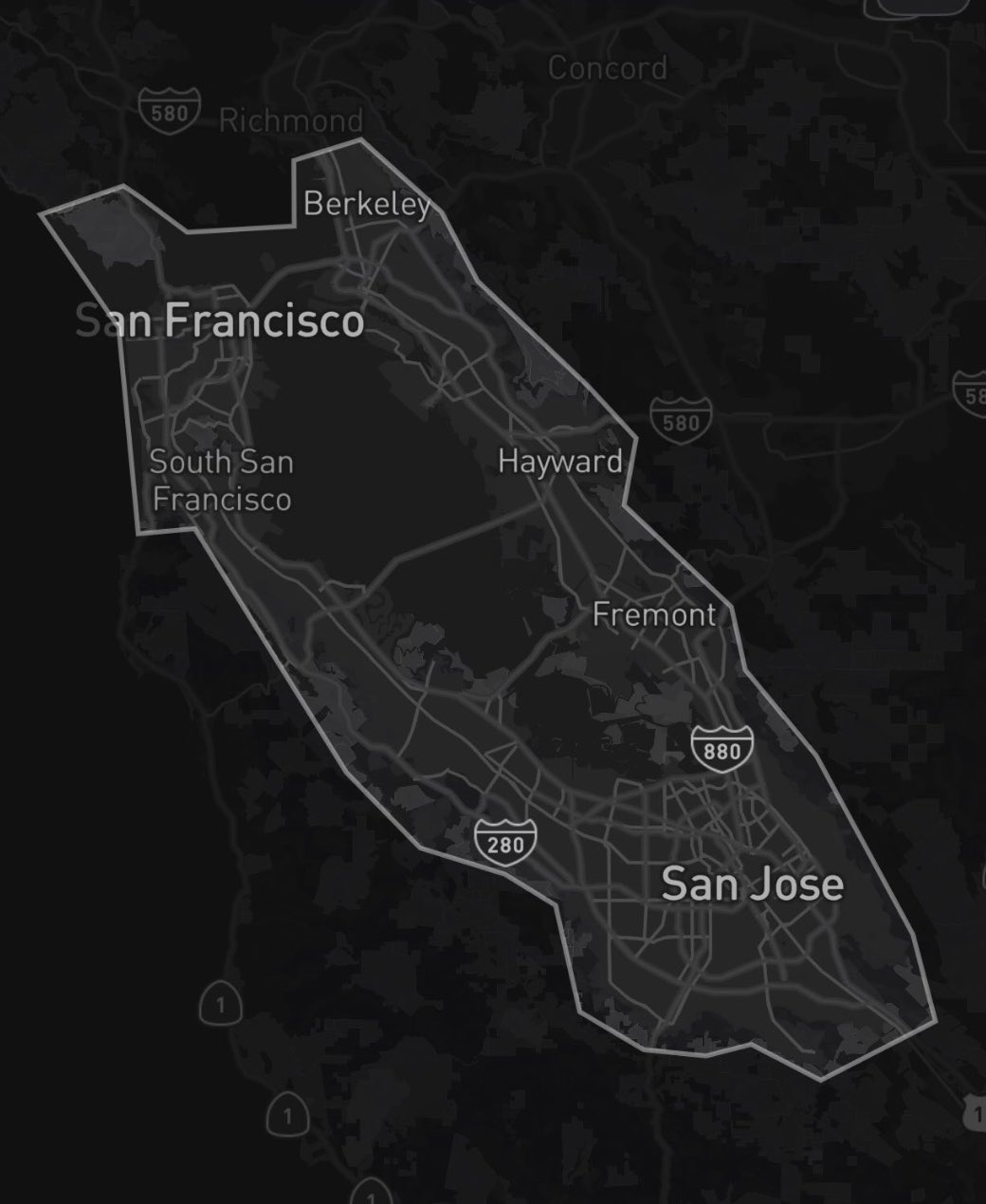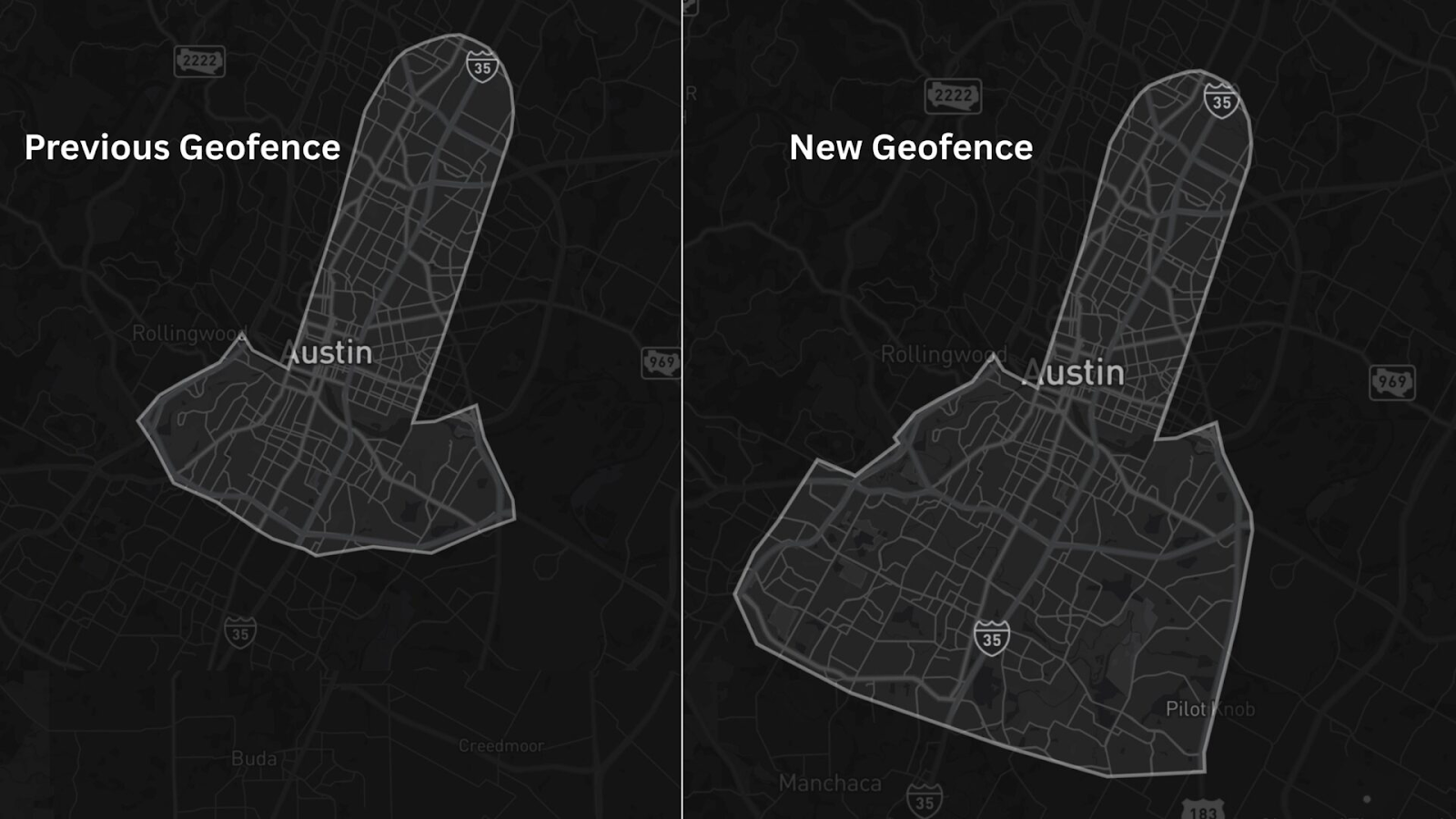
Welcome to the Ride AI newsletter: your weekly digest of news and intelligence at the intersection of technology and transportation.
Are you an AV industry insider, academic, or work in media? How do you think the robotaxi industry is doing? Where do you think autonomy will be in the next 10 years? Ride AI has partnered with McKinsey for a webinar series, and we want to hear your thoughts! Take our survey below and get a 25% discount for the 2026 Ride AI conference.
[CLICK HERE TO TAKE THE SURVEY]
The latest episode in my YouTube series where I try autonomous services around the world is now live. In this episode, I tried Pony.ai, which is available driverless in Shenzhen, Beijing, and Guangzhou. It was the most aggressively driven service I've experienced so far and the most nerve-wracking. I've tried over and over to diagnose the emergency braking event shown in the footage based on the visible visualizations and environment but haven't been very successful so far, so I'm not too sure what happened there. I was quite shaken after that happened, though. Give the video a watch and let me know what you think!
While still pending approval from local regulators, the partnership will facilitate the introduction of “thousands” of Apollo Go robotaxis in Germany and the UK.
This is not the first international ride-share company Baidu has partnered with. The company also recently announced a partnership with Uber to bring its Apollo Go robotaxis to other international markets outside of China. This does, however, mark the first time Lyft has partnered with a robotaxi provider outside of the US.

The service area is expansive and covers the entirety of the San Francisco Bay Area, East Bay, and South Bay. While the vehicles are owned and operated by Tesla, it is not the same service the company has made available in Austin, Texas.
Tesla does not have the permits or government-reported test mileage necessary to operate a driverless service in California. Thus, the company has resorted to operating a manned ride-hailing service with a human driver in the driver's seat. That human driver has full control of the vehicle and can use the company's Full Self-Driving software when ferrying passengers. Access is seemingly still currently restricted to Tesla influencers.
Tesla has also expanded its Austin service area southward and rolled out dynamic pricing for its service.

The company may be facing some setbacks, however, as a jury in Florida has decided that Tesla should be held 33% responsible for a fatal 2019 crash involving the company's Autopilot software. The crash had occurred while the vehicle was operating on Enhanced Autopilot. The driver had dropped his phone, and while reaching to retrieve it, the vehicle crossed an intersection at 60 mph and hit a nearby parked car, killing one of the car's owners and severely injuring another.
Tesla does plan to appeal the results, as the company claims the driver had his foot on the accelerator at the time, which overrode Autopilot. However, if it fails, the legal implications of this trial could have significant and far-reaching repercussions in the autonomy space, especially around liability in L2 and L3 systems.
The company has started allowing employees to post video footage taken from within the vehicle as it travels on the highway. Several employees have done so, such as this video and this X post.
With the employee media embargo lifted for highways, it seems extremely likely that highway access will launch to the general public very soon. I, for one, can’t wait!
Artisanal questions asked by you, the reader. Got a question? Email me or leave it down below!
Q: Hello and thanks for another great download of info. I have an "unfair" question for you re the testing video (beyond "Is it usual to include a wild pig test in China?" (grin)). In "the West" (in my case, Ohio, USA), we hear relentless press on the towering strength of Xiaomi and BYD. (God's Eye, etc.) Any comment on why they did not excel in this test? Am I reading too much into this one test to wonder if the press on these two is overblown? - Glenn Mercer
A: It's easy to believe the news coming out of China. The combination of Western apprehension toward Eastern advances and the language barrier makes it hard to get an accurate pulse on what's really going on.
Companies all over the world sometimes oversell the capabilities of their products. In the West, when this happens, we can turn to the news, journals, and social media to sanity-check what companies claim. However, when this happens in the East, it's harder for us in the West to sanity-check the claims. Most press without a dedicated Chinese-speaking, culture-understanding reporter who happens to be knowledgeable in the specific subject are often relegated to just reporting the press releases.
I'd previously written an investigative breakdown into the controversy surrounding the claims made by companies like Xiaomi, BYD, Huawei, and others about their autonomy systems. You can read that here. The problem with investigating claims like this is you have to turn to Chinese social media, as traditional media won't report on it until there is overwhelming evidence or the government has issued a statement. As these companies are often seen as points of national pride, it takes a lot for the government to step in.
This is why large-scale independent testing like the one done by Dongchedi is so important. However, even as a non-government-affiliated media organization, Dongchedi was only able to conduct this testing with the help of certain government ministries.
Q: Why does Waymo need partnerships with companies like Avis? What does fleet management really mean... could Waymo ever do this themselves
A: I think Waymo is trying out a lot of paths right now to try and see what works the best. This is very much a brand-new market. Nobody really knows what will happen. As the first company to have achieved large scale in this industry, they now have to try and figure out what combination of solutions will work best for them, be it run the service through Uber, run their own platform, sell their vehicles to Moove to run, or own the vehicles but have Moove or Avis manage the fleet.
Alright, that’s it from me… until next week. If you enjoy this newsletter, share it with your friend, colleague, or boss. Thank you for reading; Sophia out!
[SHARE BUTTON]
Get all the latest news in AI x Mobility across the globe.
Continue reading more about the world of robotics, automation, and AI